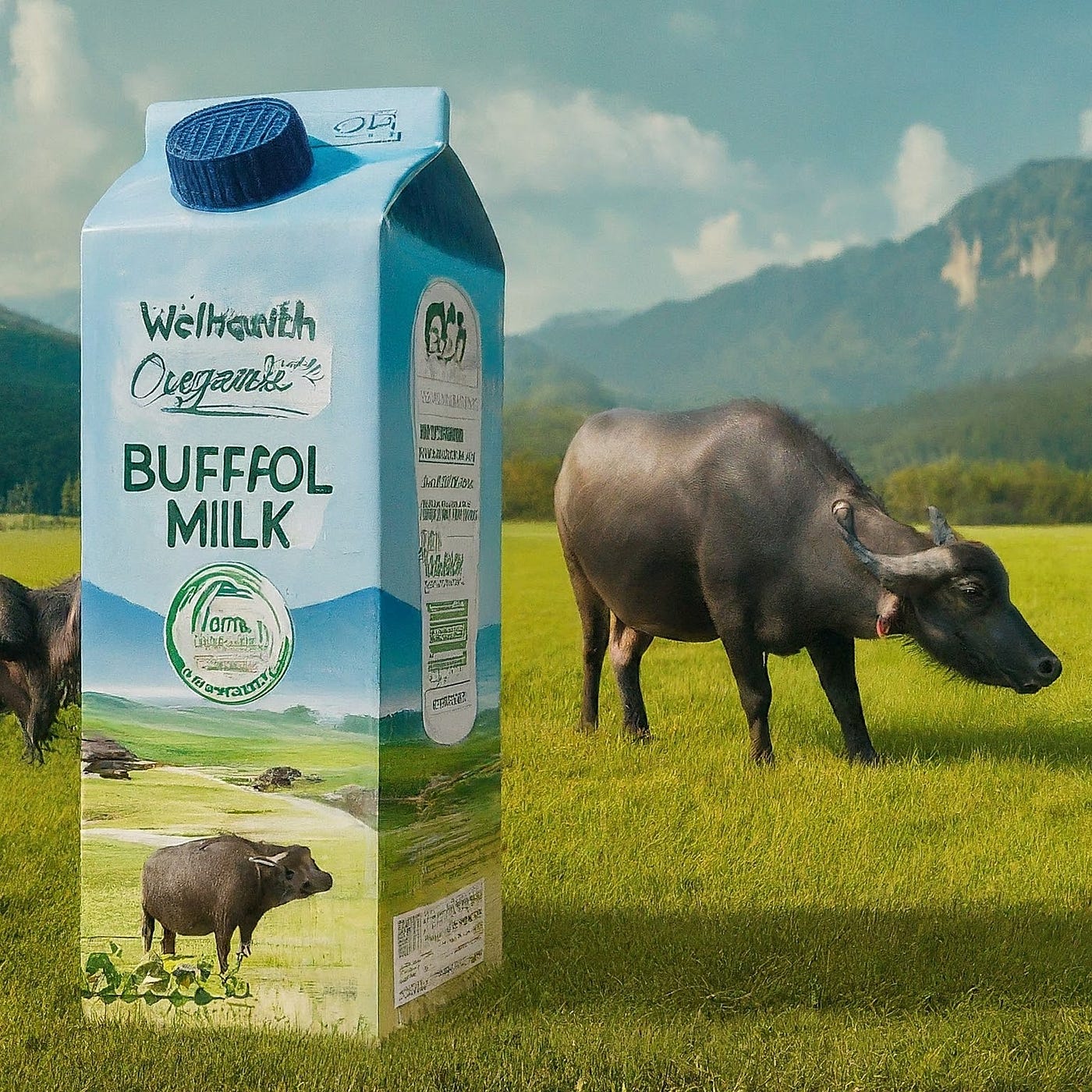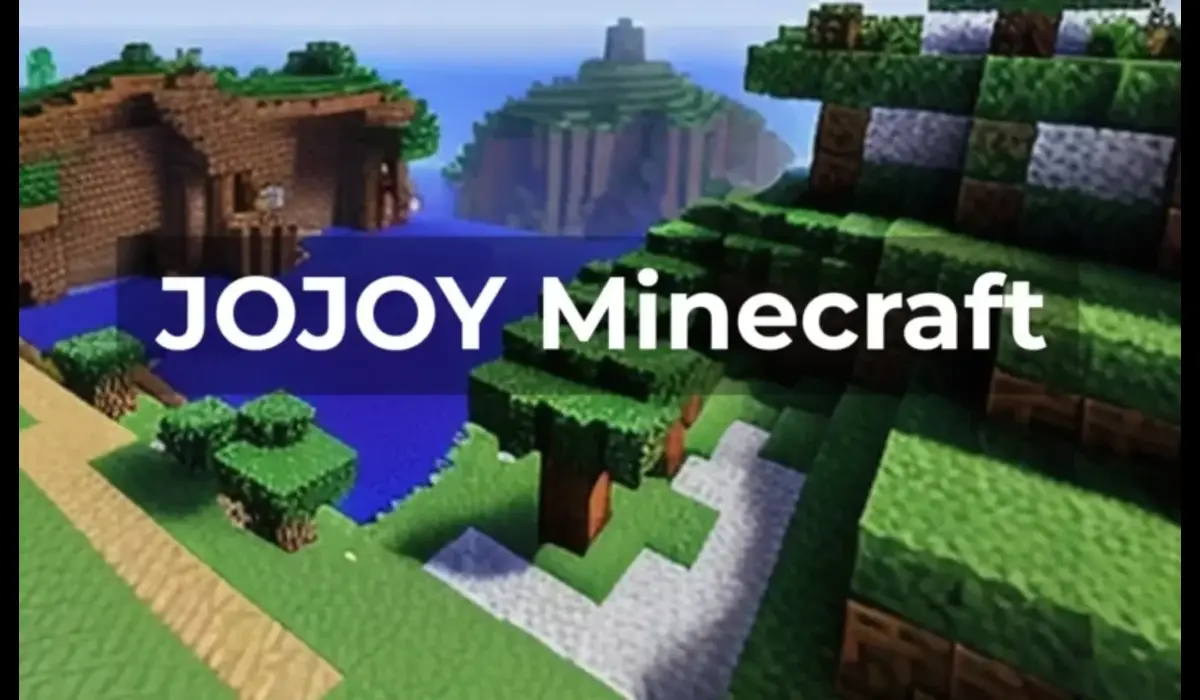Introduction to the Hairy Cam Downy Woodpecker
Welcome nature enthusiasts and bird lovers! Today, we embark on an exciting journey into the world of the Hairy Cam Downy Woodpecker. These fascinating creatures are a delight to behold with their vibrant plumage and unique behaviors. If you’re curious about these charming birds and want to learn more about them, you’ve come to the right place.
In this blog post, we’ll explore everything from their physical characteristics and habitat preferences to their feeding habits and role in our ecosystem. We’ll also share some tips on how to attract these beautiful woodpeckers to your yard, as well as the numerous benefits they bring when they grace us with their presence.
So grab your binoculars, put on your hiking boots, and dive into the beautiful world of Hairy Cam Downy Woodpeckers together! It’s time for an up-close encounter with nature at its finest. Let’s go!
Physical Characteristics and Habitat
The Hairy Cam Downy Woodpecker is a small bird with distinct physical characteristics that set it apart from other species. With its black and white plumage, it’s easy to spot amidst the greenery of forests and woodlands. The male has a red patch on the back of its head, while the female lacks this feature.
These birds are well-adapted to their natural habitat, including deciduous and coniferous forests across North America. They can be found in urban areas, too, making them quite versatile in terms of habitat requirements.
One interesting fact about these woodpeckers is their unique ability to cling to tree trunks using their stiff tail feathers for support. This adaptation allows them to easily search for food, such as insects hiding beneath bark or within crevices.
In addition to trees, they also enjoy visiting backyard suet feeders to feast on high-energy foods like suet cakes or peanut butter blends. These feeders provide an excellent opportunity for bird enthusiasts to observe these fascinating creatures up close.
Next time you’re out exploring nature or simply enjoying your backyard, watch for the Hairy Cam Downy Woodpecker! You never know when one might grace you with its presence and add some excitement to your day. So grab your binoculars, venture outside, and let nature surprise you with its wonders!
Feeding Habits and Role in Ecosystem
Hairy Cam Downy Woodpeckers have a diverse diet that includes insects, larvae, fruits, nuts, and seeds. They are expert foragers thanks to their specially adapted beaks that allow them to peck into tree bark and probe for food. These woodpeckers play a crucial role in the ecosystem as they help control insect populations by feeding on beetles, ants, and other pests.
With their solid bills and agile movements, these birds excavate cavities in dead or decaying trees. These cavities not only serve as shelter for the woodpeckers but also become valuable nesting sites for other cavity-nesting birds like bluebirds and chickadees. By creating additional habitat through their feeding habits, Hairy Cam Downy Woodpeckers contribute to the overall diversity of bird species in an area.
To attract these beautiful creatures to your yard, consider offering suet feeders filled with high-quality suet cakes designed explicitly for woodpeckers. Suet is a nutrient-rich mixture of fat and protein that mimics the insects found in their natural diet. Hang the feeders on tree branches or near shrubs where they can easily access them.
By providing suitable food sources like suet feeders and maintaining natural habitats such as mature trees or wooded areas nearby, you can create a welcoming environment for Hairy Cam Downy Woodpeckers while supporting biodiversity within your backyard.
Observing these captivating birds up close offers a glimpse into the intricate web of interactions within our ecosystems. Take time daily to appreciate their beauty and recognize their essential role in maintaining balance within nature’s delicate tapestry!
How to Attract Hairy Cam Downy Woodpeckers to Your Yard

If you’re a bird enthusiast or enjoy having wildlife in your backyard, attracting Hairy Cam Downy Woodpeckers can be a rewarding experience. These charming birds are known for their distinctive black-and-white plumage and energetic behavior. To entice them to visit your yard, there are a few simple steps you can take.
Providing a suitable habitat is crucial. Hairy Cam Downy Woodpeckers prefer wooded areas with plenty of trees and shrubs for nesting and foraging. Creating a diverse landscape with different vegetation types will attract these birds by offering them shelter and food sources such as insects, berries, and seeds.
Suet feeders are an excellent way to lure Hairy Cam Downy Woodpeckers. Suet is a high-energy food from animal fat mixed with grains or fruits. Hang the feeder in a quiet area away from predators like cats or squirrels.
Be patient! It may take some time for the woodpeckers to discover your offerings, but once they do, they’ll return for more.
By following these tips and providing suitable habitats and tasty treats like suet feeders, you increase your chances of attracting these delightful feathered visitors to your yard. Enjoy the beauty of nature up close while contributing positively to our ecosystem!
Benefits of Having These Birds in Your Garden
Having Hairy Cam Downy Woodpeckers visit your garden can benefit you and the ecosystem. These beautiful birds are not only a delight to watch but also play an essential role in maintaining the balance of nature.
One of the main advantages of attracting these woodpeckers is their natural pest control abilities. They feed on insects, grubs, and larvae found on trees and plants, helping to keep populations in check. This means fewer pests wreaking havoc on your garden’s foliage and fruits!
Additionally, having these birds around can help with pollination. As they move from flower to flower searching for food, they inadvertently transfer pollen grains, aiding in the reproduction process for various plant species.
Furthermore, Hairy Cam Downy Woodpeckers contribute to the overall biodiversity of your garden. By providing a suitable habitat for them with trees or nesting boxes, you create a welcoming environment that attracts other beneficial bird species as well.
Let’s remember the sheer joy and entertainment factor! Observing these vibrant creatures’ business can be incredibly fascinating and relaxing. It adds an element of wonderment to your outdoor space.
So why not make your garden more inviting for our feathered friends? By incorporating features like suet feeders or creating nesting areas using dead tree snags or nest boxes suited for woodpeckers’ needs!
Remember: A harmonious coexistence between humans and wildlife is possible when we appreciate their presence while preserving their habitats!
Other Interesting Facts about Hairy Cam Downy Woodpeckers
1. Close Relatives: The Hairy and Downy woodpeckers are closely related, so much so that they often hybridize where their ranges overlap. These two species share similar physical features, making it challenging to distinguish between them.
2. Drumming Communication: Woodpeckers are known for their drumming behavior, which is a form of communication. Hairy Cam Downy Woodpeckers use rapid drumming to establish territories and attract mates. Their strong beaks create resonating sounds that can be heard from quite a distance!
3. Acrobatic Skills: These little birds have impressive acrobatic abilities! They can easily cling to tree trunks or hang upside down while searching for insects in bark crevices. Their specialized feet and stiff tail feathers provide the necessary support for these daring aerial maneuvers.
4. Nesting Habits: Like many woodpecker species, Hairy Cam Downy Woodpeckers excavate nesting cavities in dead or decaying trees. They prefer deciduous forests but can also adapt to urban environments with mature trees,
5. Insect Control: These woodpeckers are essential in controlling ecosystem insect populations by feeding on pests such as beetles, ants, and caterpillars.
6. Feast on Fruits & Nectar: While insects make up a significant portion of their diet, these adaptable birds also feed on fruits and nectar when available.
7. Migration Patterns: Some individuals may migrate during the colder months while others remain resident throughout the year, depending on their geographic location.
8. Population Status: Fortunately, the Hairy CamDownyWoodpecker population is stable across its range thanks to conservation efforts focused on protecting habitats and providing suitable nesting sites.
9. Other Names: Depending on your region, you might hear people refer to this species as “flicker” or “climber.”
10. Cultural Significance
Final Thoughts and Encouragement to Observe and Appreciate Wildlife
As we wrap up our discussion on the Hairy Cam Downy Woodpecker, it’s clear that these little birds are truly fascinating creatures. Their distinctive markings, adaptable nature, and essential role in the ecosystem make them a delight to observe.
But let’s remember the bigger picture – wildlife conservation. By attracting Hairy Cam Downy Woodpeckers (and other bird species) to your yard with suet feeders or by creating a natural habitat for them, you’re not only bringing beauty and enjoyment into your own life but also contributing to the preservation of these beautiful creatures.
So take a moment to step outside, look up at the trees, and appreciate the interconnectedness of all living beings. Whether it’s watching a woodpecker diligently pecking away at a tree trunk or spotting a colorful songbird building its nest, there is so much wonder right in your backyard.
By fostering an environment that supports wildlife like the Hairy Cam Downy Woodpecker, you’re helping create spaces where biodiversity can thrive. And who knows? You may even inspire others around you to do the same!
Remember, every small action has an impact. Plant native trees and shrubs that provide food and shelter for birds. Keep water sources clean for drinking and bathing. Minimize pesticide use to protect insects that many bird species rely on as their primary food source.
Together, we can all play a part in preserving our natural world for future generations – one feathered friend at a time.
So go ahead – embrace this opportunity to connect with nature! Watch as Hairy Cam Downy Woodpeckers grace your feeders with their presence while marveling at their intricate plumage patterns. Immerse yourself in this beautiful coexistence between humans and wildlife.
Let us continue observing and appreciating these remarkable creatures that share our planet – and let them remind us of the importance of living harmoniously with nature. After
Also Read: Danced Without Leaving Room for Jesus





